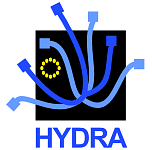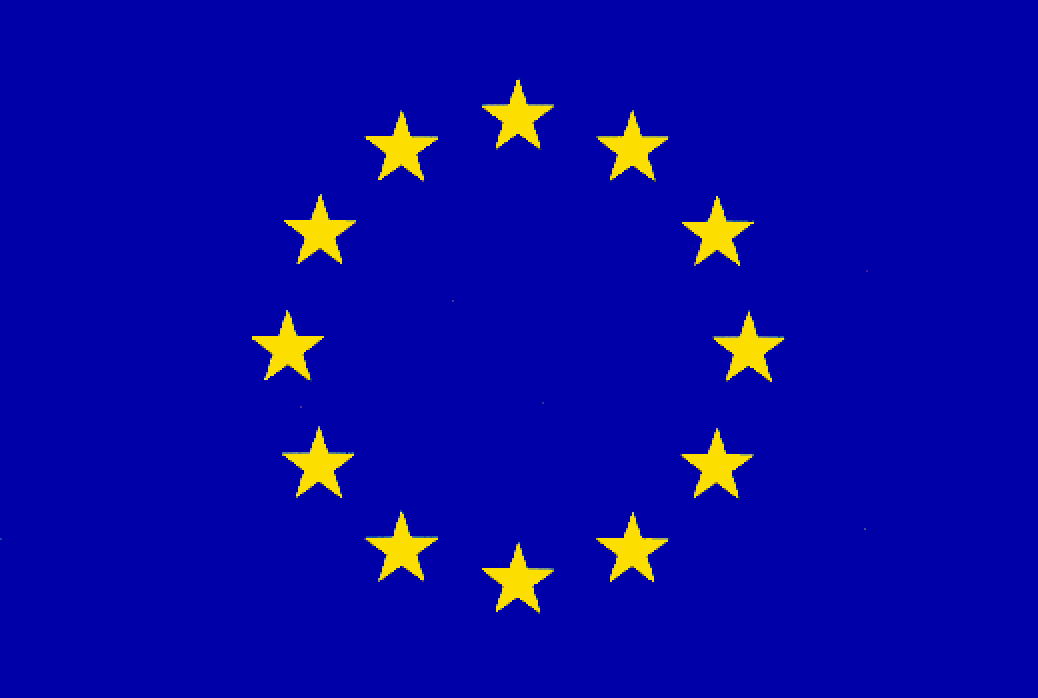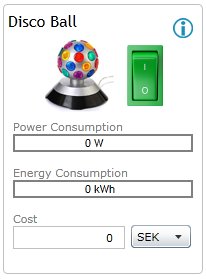More public deliverables on requirements engineering available
 The user-centric software development (UCD) approach in the HYDRA project incorporates requirement engineering processes that follow the principles of ISO 13407 "Human-centred design processes for interactive systems". The user-centric design approach implies an iterative approach with cycles that allow the project to advance from initial specifications and prototypes via experience and evaluation to updated specifications and improved prototypes.
The user-centric software development (UCD) approach in the HYDRA project incorporates requirement engineering processes that follow the principles of ISO 13407 "Human-centred design processes for interactive systems". The user-centric design approach implies an iterative approach with cycles that allow the project to advance from initial specifications and prototypes via experience and evaluation to updated specifications and improved prototypes. These three deliverables reports part of the work undertaken in the first year of the Hydra project and covers the following topics:
D9.2 Building Automation domain requirements
This deliverable defines the domain specific requirements to be included in the second set of user applications based on the Hydra middleware, which will focus on the building automation domain. The document starts with an introduction to the building automation domain and its specific challenges imposed on applications for this facility management, smart home, remote control and monitoring, remote metering, etc. Chapter five describes some of the trends and challenges, which among other things, were discussed during the scenario workshops, and looks at the state of the art in commercial solutions available today. In chapter five actors and target users are described and an initial set of domain specific requirements for applications based on Hydra middleware in the building automation sector is derived.
D9.3 Healtcare domain requirements
This deliverable defines the domain specific requirements to be included in the second set of user applications based on the Hydra middleware, which will focus on the healthcare domain. The document starts with an introduction to the healthcare domain and its specific challenges imposed on applications for this telemedicine, remote patient monitoring, self management, and other technology assisted case management programmes. Chapter four describes some of the trends and challenges, which among other things, were discussed during the scenario workshops, and looks at the state of the art in commercial solutions available today. In chapter five actors and targets users are described and an initial set of domain specific requirements for applications based on Hydra middleware in the healthcare sector is derived.
D9.4 Agriculture domain requirements
This deliverable will define the domain specific requirements to be included in the third set of user applications based on the HYDRA middleware, which will focus on the agriculture domain. The document starts with an overview to the agriculture domain and its specific challenges imposed on applications in Chapter three. Chapter four describes some of the new trends and innovative activities, which among other things, were discussed during the scenario workshops, and looks at the state of the art in commercial solutions available today. In Chapter five the actors and target users are described and an initial set of domain specific requirements for the applications based on HYDRA middleware in the agriculture sector is derived.





 The Hydra project is co-funded by the
The Hydra project is co-funded by the 


